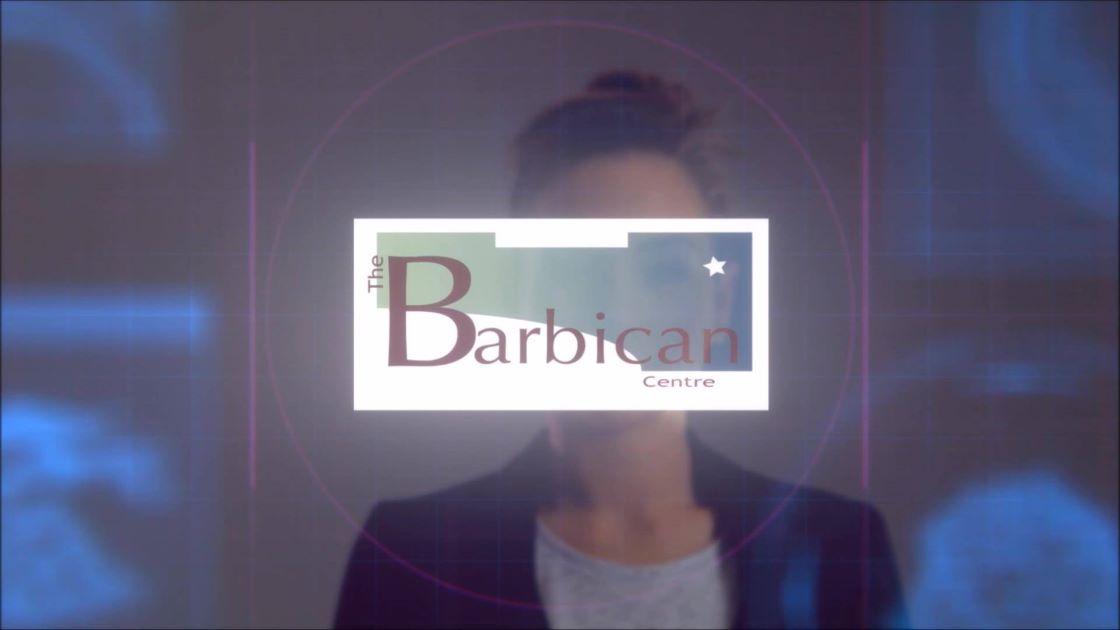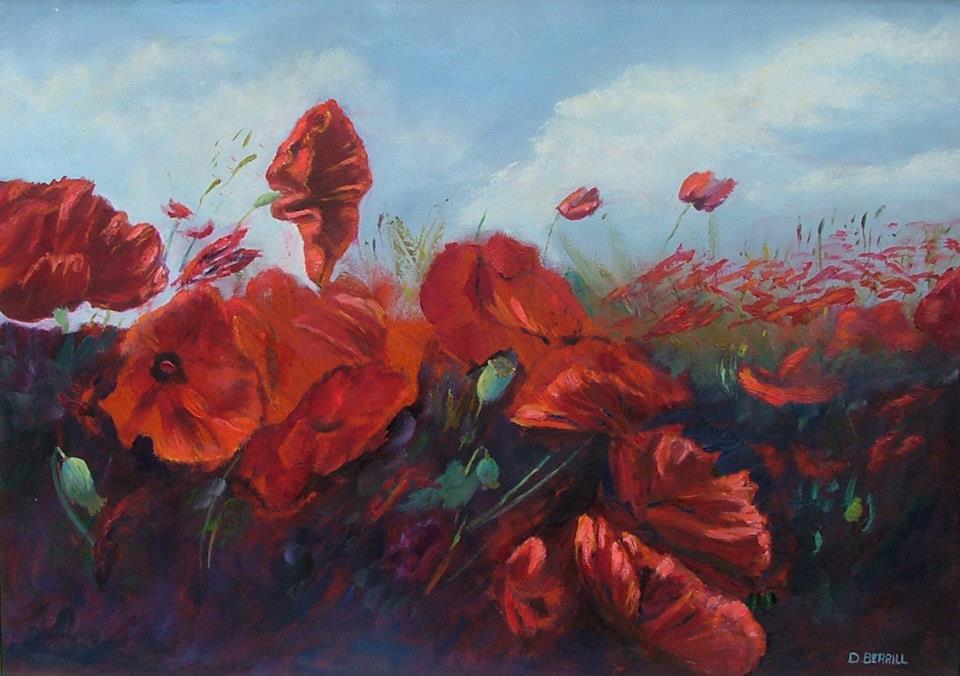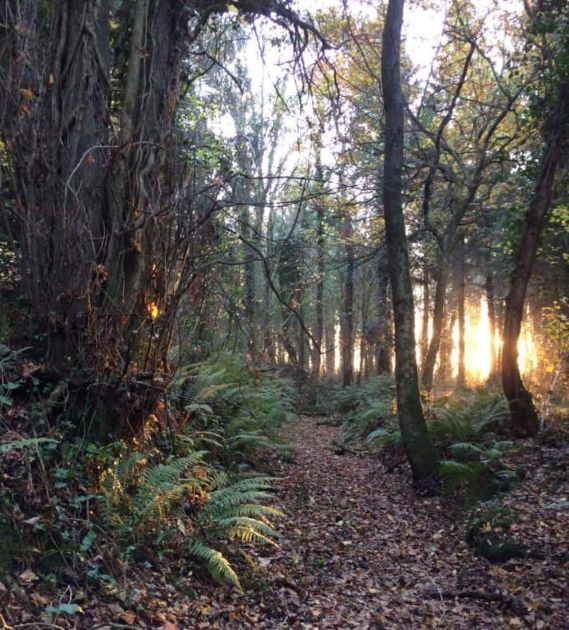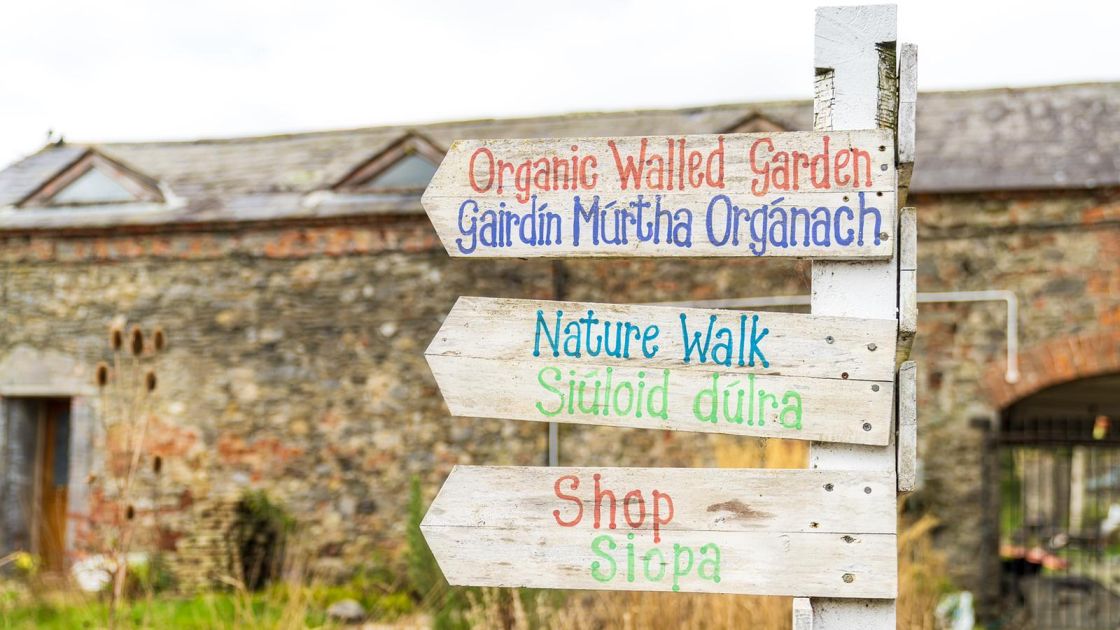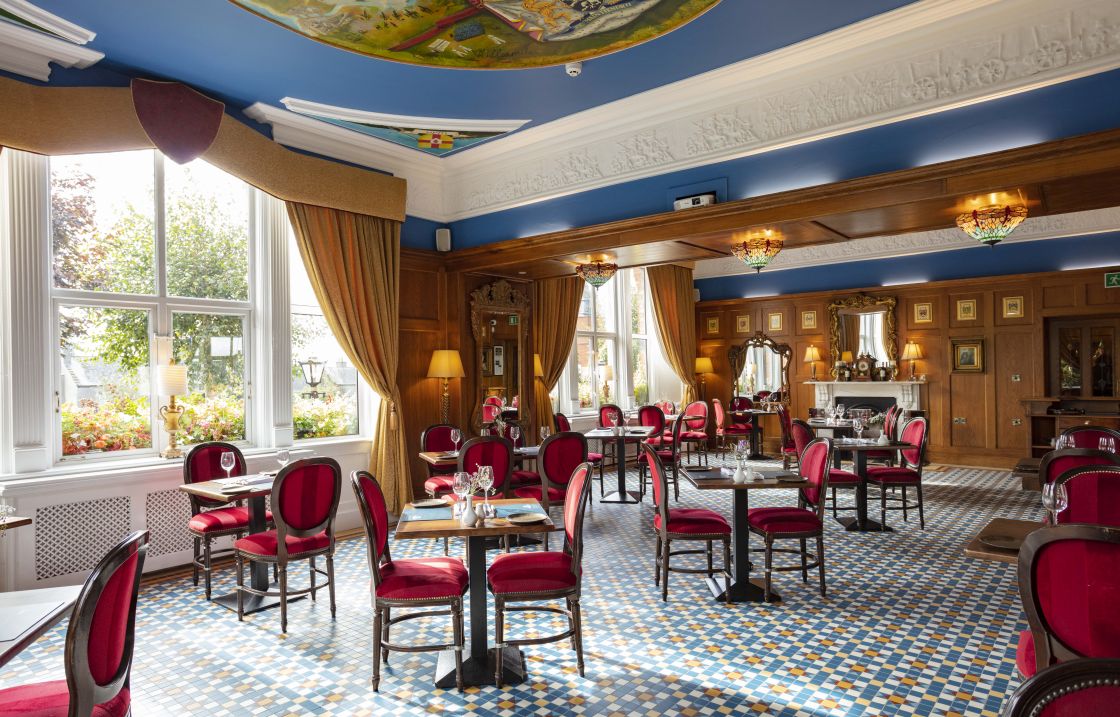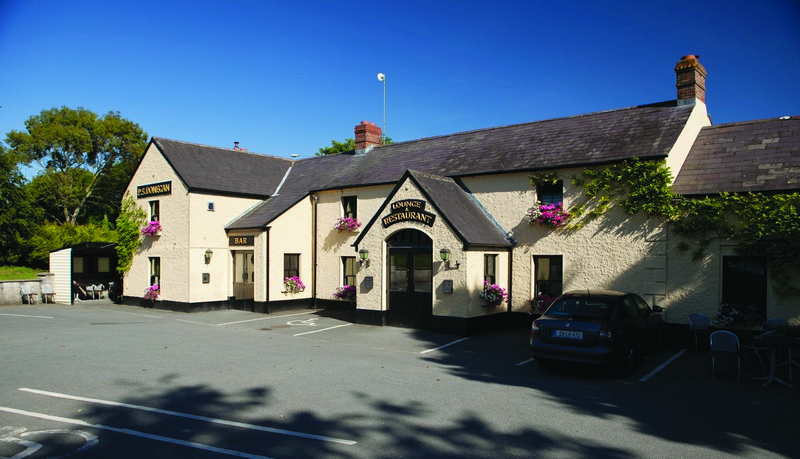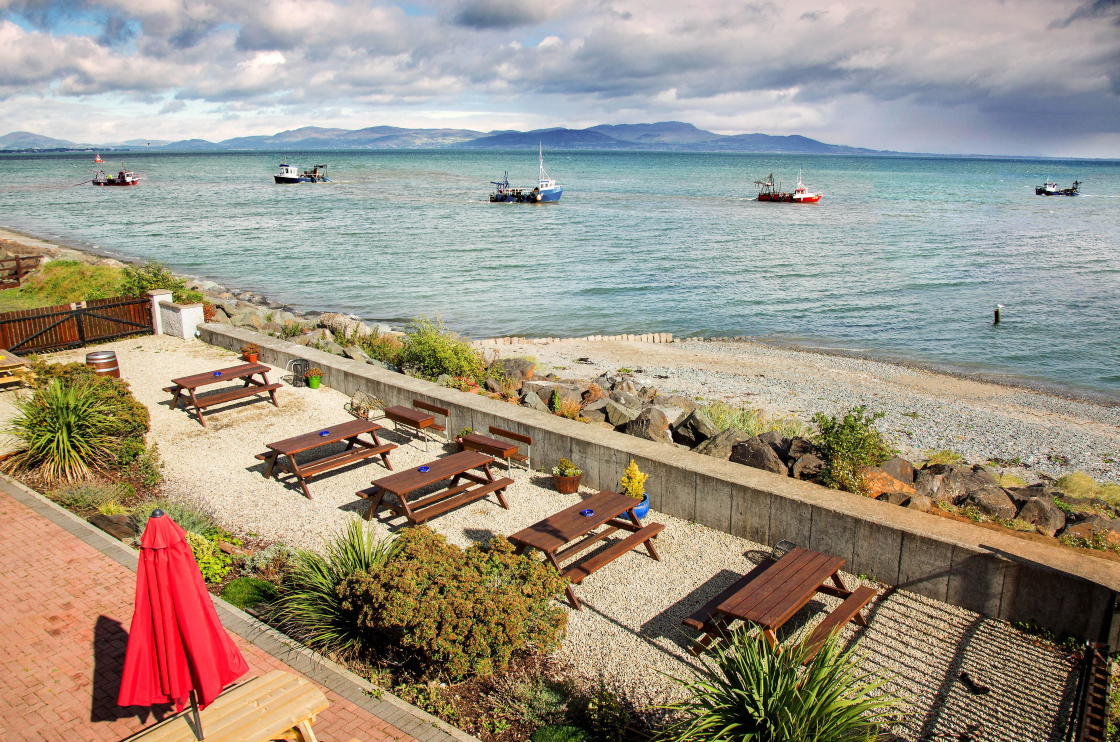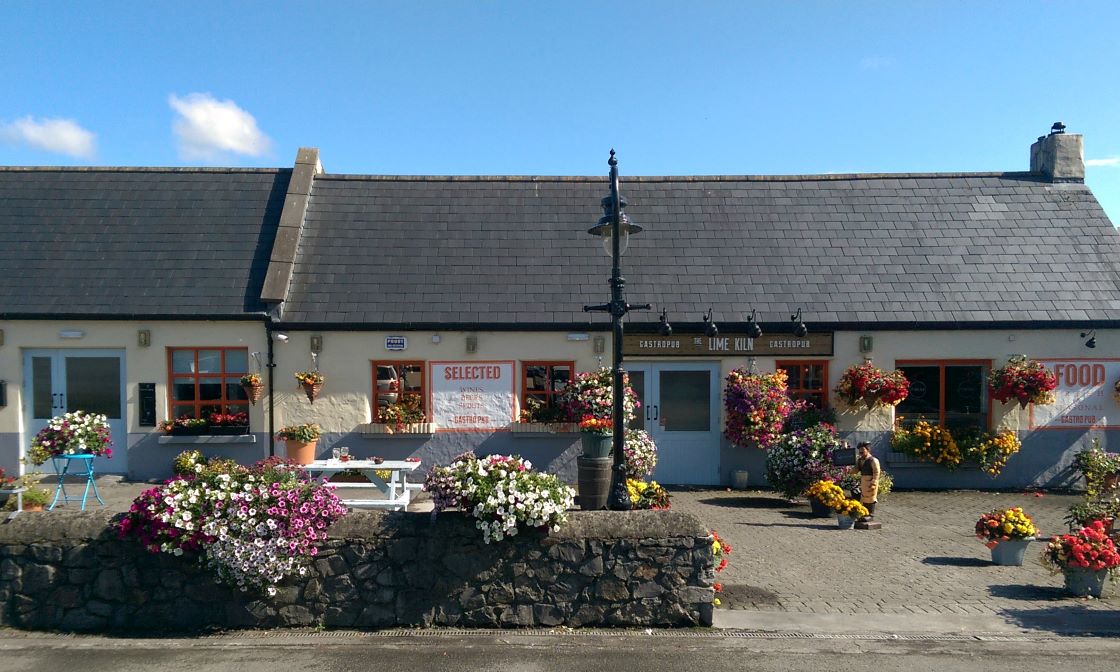Despite its power and influence in the Early Medieval period, when Ireland was the 'Land of Saints and Scholars', Irish monasticism became questionable after the Anglo-Norman conquest and by the 12th century abbeys such as Monasterboice were in demise. Rome with reform in mind decided that the monasteries would be the vehicle for change in Ireland. Ireland`s first European style monastery came only a few miles down the road from Moansterboice at Old Mellifont Abbey where St. Malachy, Archbishop of Armagh, who along with a group of Irish monks had trained in the Cistercian order at Clairvaux, Burgundy.
Along with the help of some French monks St. Malachy founded Mellfont Abbey in 1142. It was the first Cistercian abbey in Ireland. 20 Cistercian houses were founded directly or indirectly from it, the first daughter house being Bective Abbey near the Hill of Tara. Today the true grandeur of the abbey can be seen at a model in the visitor centre. Indeed the catchment area of the Abbey encompassed much of the Boyne valley. Newgrange at Brú na Bóinne derived its modern name from being one of the granges that Mellifont`s monks worked. The impressive ruins will give you an idea of how different this monastery was compared to those of the Celtic monastic period. Luckily Monasterboice and Old Mellifont are nearby and this allows visitors to compare both styles of Abbey.
800 years in the Chapter House: Standing in the chapter house you will be truly awe struck. This room has been witness to over 800 years of history and still remains intact. Your guide will wow you with the stories of events that took place in this room. It was originally one of the few places where the monks where permitted to speak for the purposes of reading, confession and penance. Although the abbey was dissolved in 1539 the chapter house remained in use. First occupied by Sir Edward Moore the chapter house was used as a dining room. In 1603 the room witnessed the end of Gaelic Civilisation in Ireland as Hugh O`Neill, following defeat at the Battle of Kinsale, formally submitted to the English Crown. Again in 1690 the abbey and chapter house played host to history when William of Orange used it as his headquarters for the Battle of the Boyne. The chapter house played host to all these great moments in Irish history and even enjoyed a stint as a pig sty. It`s truly extraordinary standing in a room that has lived through 800 years of Irish history.
For visitor information, click here.
Address
Tullyallen
Drogheda
Co. Louth
A92 K682









